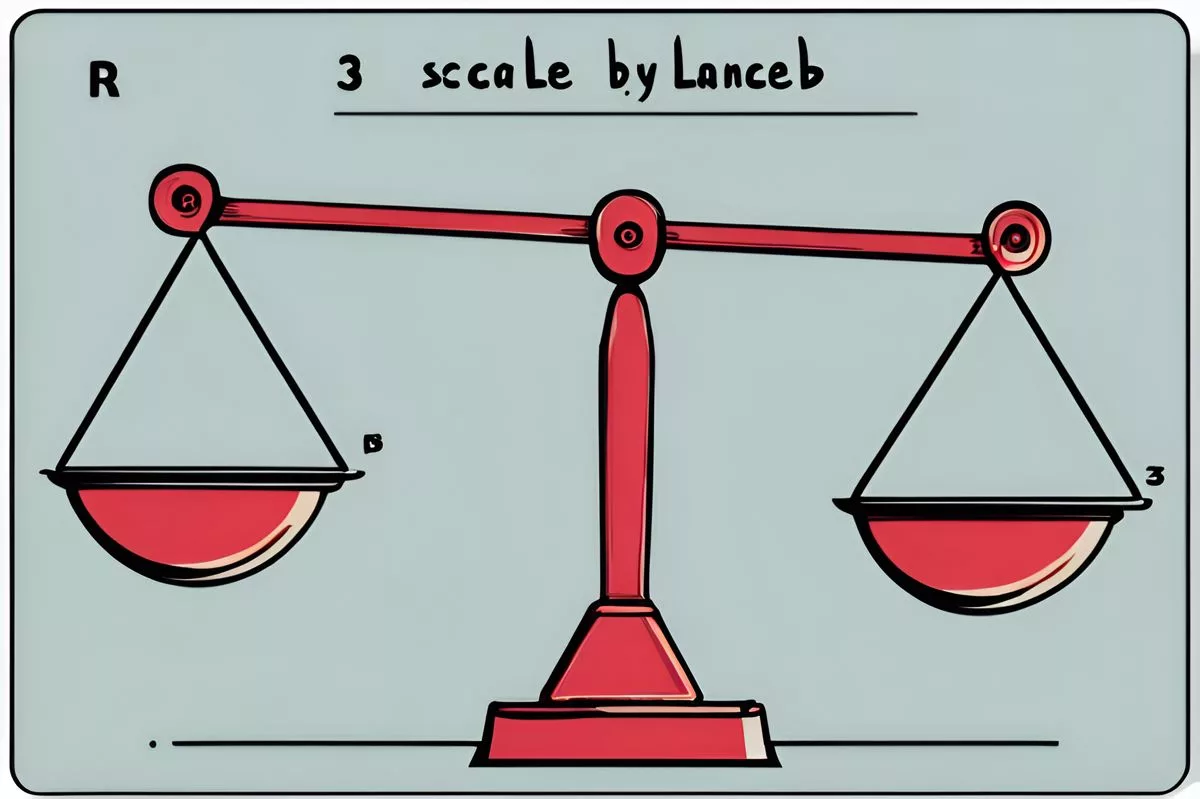Mastering equilibrium and balancing work and personal life requires clear boundaries, seeking mental health assistance when necessary, and prioritizing leisure activities. Burnout is a frequent visitor in our lives, especially with the intrusion of work into our personal lives due to technology. Defining clear boundaries and prioritizing downtime and relaxation can prevent burnout and maintain a healthy work-life balance. Seeking professional mental health assistance is crucial when signs of burnout occur. Navigating commitments entails differentiating between urgent and essential tasks and re-evaluating daily routines to foster productivity and well-being.
Mastering Equilibrium: Navigating the Demands of Work and Life
How can you balance work and personal life effectively?
The first step towards balancing work and personal life effectively is defining clear boundaries. Compartmentalization becomes crucial when professional and personal lives intermix. Seeking professional mental health assistance when signs of burnout occur is essential, and downtime through leisure activities is fundamental in maintaining a healthy work-life balance. Remember, mastering balance is an ongoing journey.
The Reality of Burnout
The term ‘burnout’ is not alien to the majority of working individuals, particularly as we draw the curtains on another year characterized by professional and personal pursuits. This condition, which manifests as physical and emotional exhaustion, is a frequent visitor in our lives, primarily provoked by relentless work patterns, the quest for flawlessness, and the perpetual sense of being relentlessly engaged.
The idea behind work-life balance is straightforward—a perfect 24-hour weekday should ideally be divided into work, relaxation, and personal time in equal measures. Personal time encompasses family duties, leisure activities, and general downtime. But the pertinent question remains—how often do we adhere to this ideal? The response to this differs from person to person.
Life is fraught with unpredictability, and there are situations where spending additional hours on pressing tasks is inevitable. The real peril, however, arises when we allow these circumstances to dictate our daily routine. The intense pressure to fulfill demanding work obligations and our inherent desire to outperform can disrupt our balance, leading us to dedicate extended hours to work and pushing relaxation and leisure activities to the periphery. The resulting impacts? A distorted work-life balance, and an elevated risk of experiencing burnout.
The Role of Technology and Establishing Boundaries
The evolution of technology and the emergence of online platforms, despite their convenience, have magnified this issue. The intrusion of work into our personal lives has resulted in a fuzzy line of demarcation between our professional and personal existence. The possibility of participating in meetings remotely, staying connected with colleagues round the clock, and being productive beyond the confines of the office has set an unrealistic pace for many individuals.
One of the initial steps towards reversing this trend is defining clear boundaries. We often push ourselves beyond our capacities in a bid to meet every expectation. If you find yourself in situations where there is little to no time for even a fleeting break, remind yourself that sustaining high levels of concentration over extended periods is impractical. Brief intermissions are not just beneficial, but also crucial in maintaining productivity and minimizing mental exhaustion.
When our professional and personal lives start to intermix, compartmentalization becomes crucial. Post work, the physical and emotional stresses associated with our job often follow us home. Time devoted to reflecting on the day’s demands, ruminating over the next day’s challenges, and brooding over work-related anxieties can encroach upon our personal time. To prevent this, it is essential to set a definitive cut-off point for work-related tasks.
The Importance of Seeking Help and Prioritizing Leisure
Overlooking symptoms of an imbalanced work-life dynamic can have severe repercussions on our mental and physical well-being. If signs of strain, lack of motivation, or fatigue become more frequent, it is vital to seek professional mental health assistance.
Post-work decompression plays a crucial role in preserving mental health. After signing off from work, a transition period is required to shift from our professional roles to our domestic ones. This interlude, however insignificant it may seem, can aid in refreshing the mind and buffering the stress accumulated over the workday. Domestic chores like cleaning, cooking, and others can be postponed until after this mental reprieve.
Leisure activities are fundamental in rejuvenating our emotional vitality and are critical for maintaining a healthy work-life balance. Unfortunately, the significance of relaxation and downtime is often undermined until we reach a state of total burnout.
To cultivate a healthier lifestyle, it’s essential to value the time spent on personal well-being as much as the time devoted to being industrious. Be aware of the signs of feeling overwhelmed, and do not hesitate to seek professional assistance when needed. Organizations like Netcare Akeso offer round-the-clock services for individuals experiencing a psychological crisis.
Navigating Obligations and Prioritizing Well-Being
Our lives are replete with commitments—some self-imposed, others imposed on us. Effectively navigating them entails the capability to differentiate between urgent and essential tasks. It calls for a re-evaluation of our daily routines to establish a work-life balance that fosters productivity and well-being. Remember, mastering the art of maintaining balance is an ongoing journey and not a final destination.
What is burnout and how does it manifest?
Burnout is a condition characterized by physical and emotional exhaustion that results from relentless work patterns, the pursuit of flawlessness, and a perpetual sense of being relentlessly engaged. It can manifest as a lack of motivation, fatigue, and overall strain.
How does technology impact work-life balance?
Technology has made it easier for work to intrude into our personal lives, creating a fuzzy line of demarcation between our professional and personal existence. The possibility of participating in meetings remotely, staying connected with colleagues round the clock, and being productive beyond the confines of the office has set an unrealistic pace for many individuals.
How can you establish boundaries to prevent burnout?
Establishing clear boundaries is crucial in preventing burnout. Compartmentalization and setting a definitive cut-off point for work-related tasks can prevent the physical and emotional stresses associated with our job from encroaching upon our personal time. It’s important to remember that brief intermissions are not just beneficial but also crucial in maintaining productivity and minimizing mental exhaustion.
Why is seeking professional mental health assistance important?
Overlooking symptoms of an imbalanced work-life dynamic can have severe repercussions on our mental and physical well-being. Seeking professional mental health assistance is crucial when signs of strain, lack of motivation, or fatigue become more frequent. Post-work decompression, leisure activities, and prioritizing personal well-being are fundamental in rejuvenating our emotional vitality and maintaining a healthy work-life balance.
How can you navigate commitments effectively?
Navigating commitments effectively entails the capability to differentiate between urgent and essential tasks, re-evaluating daily routines to establish a work-life balance that fosters productivity and well-being. It is an ongoing journey that requires consistent effort and self-awareness.
Why is prioritizing leisure activities important for maintaining a healthy work-life balance?
Leisure activities are fundamental in rejuvenating our emotional vitality and critical for maintaining a healthy work-life balance. Prioritizing downtime and relaxation can prevent burnout and maintain a healthy work-life balance. Remember, mastering balance is an ongoing journey.









